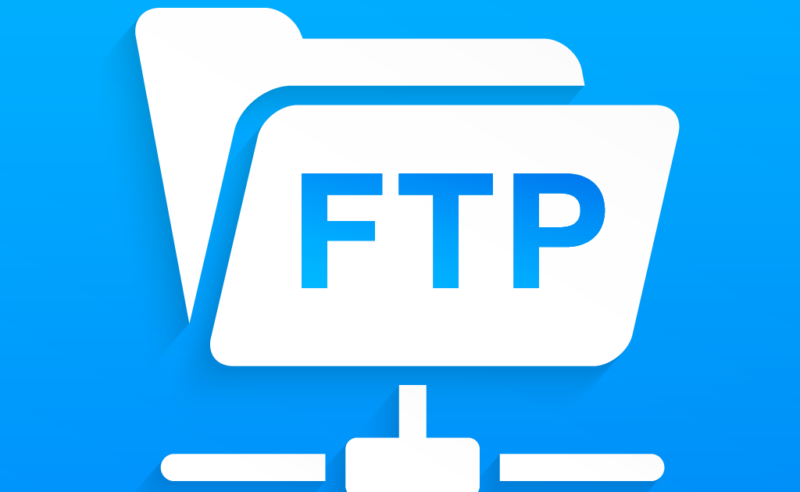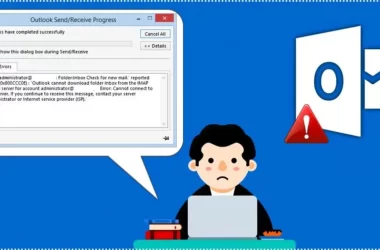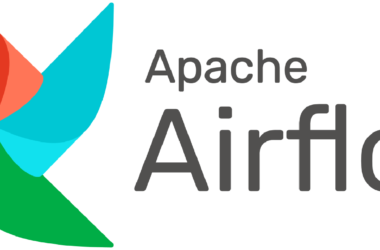In today’s fast-paced digital landscape, the need for seamless and secure file transfer solutions has never been more crucial. While FTP (File Transfer Protocol) has long served as a popular option for sharing files across networks, its limitations and security concerns have led to the exploration of more advanced alternatives that offer enhanced features and functionalities. In this comprehensive guide, we will delve into the world of file transfer, highlighting the shortcomings of FTP and unveiling a range of robust alternative to FTP that can revolutionize the way you manage and share your data.
Unveiling FTP: Features and Limitations
FTP, a venerable file transfer protocol, has been a cornerstone of data exchange for decades. Its simple design allows users to upload and download files from remote servers with relative ease. However, despite its widespread usage, FTP is not without its drawbacks. The lack of encryption during file transfer exposes sensitive data to potential security breaches, making it unsuitable for transmitting confidential information. Moreover, FTP’s lack of built-in file synchronization and version control capabilities can lead to data inconsistencies and confusion among collaborators.
Setting FTP Apart: Unique Characteristics
While FTP has served as a reliable workhorse for file transfers, it is essential to acknowledge its limitations before delving into the array of alternatives available. FTP’s lack of encryption makes it vulnerable to eavesdropping and data interception, making it unsuitable for industries that demand stringent data security measures. Additionally, the absence of advanced features like automatic file synchronization and audit trails can hinder productivity and create inefficiencies in data management.
Why the Need for an Alternative to FTP?
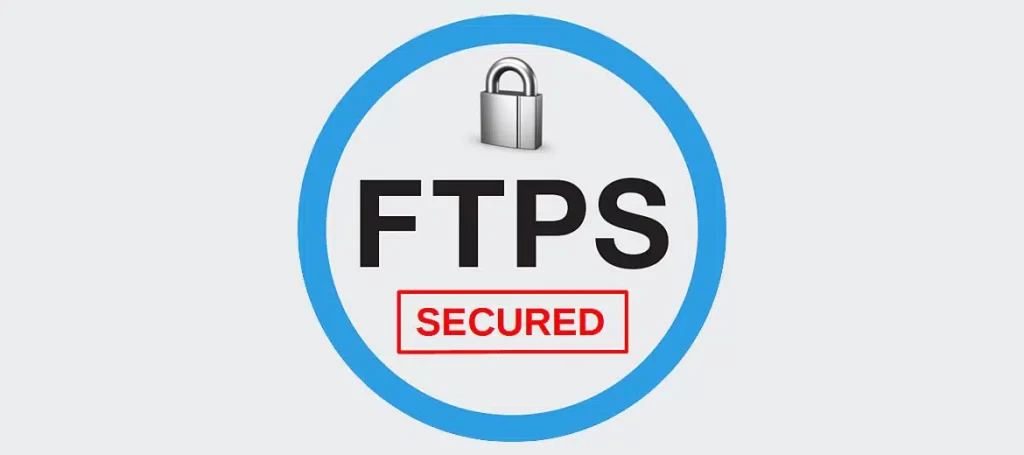
The digital landscape is evolving at an unprecedented pace, and with it, the demands and challenges of secure and efficient file transfer. The need for alternatives to FTP arises from several critical factors:
1. Enhanced Security Requirements
In an era where data breaches and cyber threats are rampant, the security of sensitive information has become paramount. Organizations handling confidential data, proprietary information, or personal records cannot afford to rely on FTP’s lack of encryption. As regulations tighten and the importance of data protection grows, the need for secure alternatives becomes evident.
2. Real-Time Collaboration and Communication
Modern business operations often span multiple locations and involve remote teams collaborating on projects. FTP’s lack of real-time collaboration tools hampers effective communication and teamwork. Alternative solutions that offer collaborative features, such as simultaneous file editing, version tracking, and comment integration, can vastly improve efficiency and productivity.
3. Evolving Technology Stack
As industries adopt new technologies and software solutions, the need for seamless integration and compatibility becomes essential. FTP’s simplicity may fall short in supporting integrations with modern tools and workflows. Organizations seek alternatives that can easily integrate with existing software ecosystems, enabling efficient data exchange across platforms.
4. Compliance and Regulatory Standards
Industries such as healthcare, finance, and legal services are bound by stringent regulatory frameworks that mandate data security, privacy, and compliance. FTP’s lack of robust security features and audit trails can hinder compliance efforts. Alternatives that provide built-in compliance mechanisms and encryption protocols are better suited for organizations in highly regulated sectors.
5. Scalability and Performance
As businesses grow and data volumes expand, the scalability and performance of file transfer solutions become crucial. FTP’s limitations in handling large-scale transfers efficiently can lead to bottlenecks and operational inefficiencies. Alternatives that offer optimized performance and scalability ensure smooth operations as data demands increase.
Commonly Used Alternatives To FTP For Secure and Efficient File Transfer
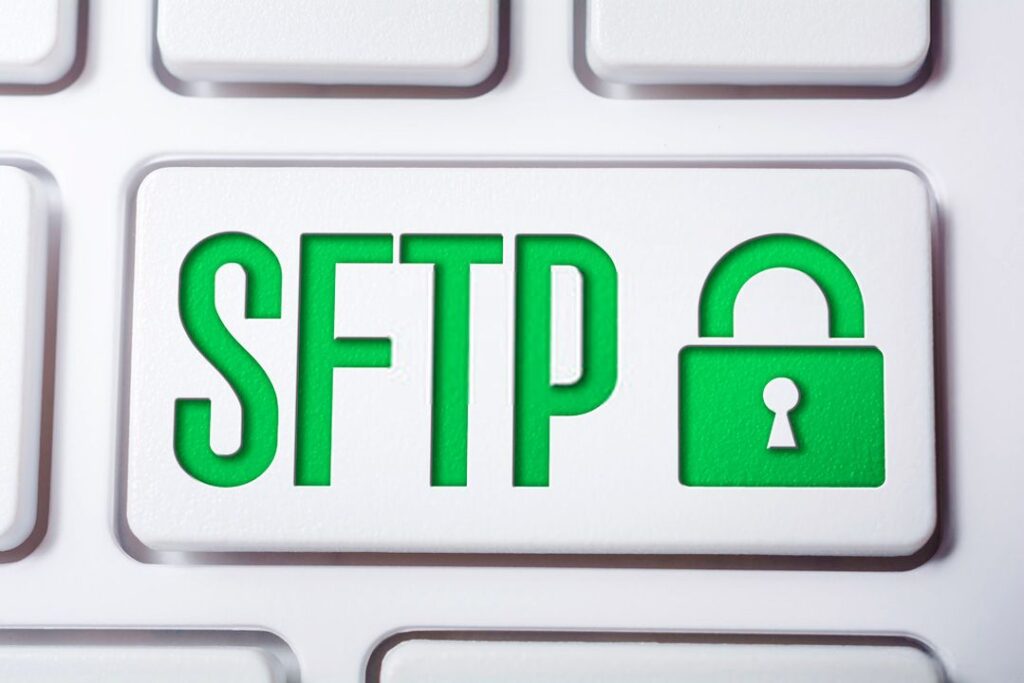
1. SFTP (SSH File Transfer Protocol)
SFTP, a secure extension of FTP, offers robust encryption through the use of the SSH protocol. This ensures that your data remains confidential during transit. SFTP’s seamless integration with existing SSH infrastructure simplifies access control and authentication, making it a preferred choice for organizations that prioritize data security.
2. FTPS (FTP Secure)
FTPS, another secure variant of FTP, incorporates SSL/TLS encryption to safeguard file transfers. Its support for both implicit and explicit encryption modes provides flexibility in configuring security settings. FTPS is particularly beneficial for industries that require compliance with strict data protection regulations.
3. WebDAV (Web Distributed Authoring and Versioning)
WebDAV extends the capabilities of HTTP, allowing for collaborative file management. Its support for locking, versioning, and access control makes it an attractive alternative for businesses that emphasize teamwork and document control.
4. SCP (Secure Copy Protocol)
SCP, leveraging the security features of SSH, enables secure file transfers while maintaining a straightforward command-line interface. It is an excellent option for those seeking a lightweight yet secure method of transferring files.
5. rsync: Efficient File Synchronization
Rsync excels in efficient file synchronization and transfer by only transmitting differences between files. Its robust algorithm and support for remote transfers make it ideal for large-scale data synchronization tasks.
6. TFTP (Trivial File Transfer Protocol)
TFTP, while simple, is suitable for lightweight file transfer tasks, such as bootstrapping network devices and transferring configuration files. Its minimalistic design ensures quick and straightforward file transfers.
7. HTTP/HTTPS: Beyond Web Browsing
HTTP and HTTPS, primarily used for web communication, can also serve as alternatives for file transfers. Their wide adoption and compatibility make them suitable for sharing files through web interfaces and APIs.
8. Managed File Transfer (MFT)
MFT solutions offer advanced features like encryption, automation, auditing, and monitoring. These solutions cater to organizations with complex file transfer requirements, ensuring data security and compliance.
9. AS2 (Applicability Statement 2)
AS2 provides a secure and reliable protocol for electronic data interchange (EDI) transactions. Its encryption and digital signatures ensure the integrity and authenticity of data exchanged between businesses.
10. Cloud Storage Services
Cloud storage platforms such as Dropbox, Google Drive, and OneDrive offer user-friendly interfaces and seamless synchronization across devices. They provide a convenient way to store and share files while benefiting from built-in security measures.
Factors To Consider While Choosing The Perfect Alternative To FTP

When selecting the ideal alternative to FTP, several crucial factors come into play. Each organization’s requirements and priorities vary, but the following considerations can guide your decision-making process:
1. Security Measures
Prioritize solutions that offer robust encryption, ensuring the confidentiality and integrity of your data during transit. Look for options that support industry-standard encryption protocols to mitigate security risks.
2. Scalability and Performance
Consider the scalability of the chosen solution, especially if your file transfer needs are expected to grow over time. A solution that can handle increasing data volumes without compromising performance is essential for long-term success.
3. Integration and Compatibility
Ensure that the chosen alternative seamlessly integrates with your existing software ecosystem. Compatibility with other tools and systems can streamline workflows and enhance overall efficiency.
4. Collaboration and Access Control
If collaboration is a key aspect of your file transfer needs, opt for alternatives that offer features like access control, version tracking, and file locking. These features facilitate teamwork and help prevent data conflicts.
5. Ease of Use and User Experience
A user-friendly interface and intuitive workflows can significantly impact adoption rates within your organization. Choose alternatives that prioritize ease of use to minimize the learning curve for your team.
Conclusion
In the ever-evolving landscape of file transfer solutions, the limitations of traditional FTP have paved the way for a diverse array of alternatives. From the secure and encrypted transmissions offered by SFTP and FTPS to the collaborative capabilities of WebDAV and the efficiency of rsync, each alternative brings unique strengths to the table. As you embark on your journey to find the perfect file transfer solution, carefully consider your organization’s specific needs and priorities. By making an informed choice, you can elevate your data management practices, enhance security, and streamline collaboration like never before.




